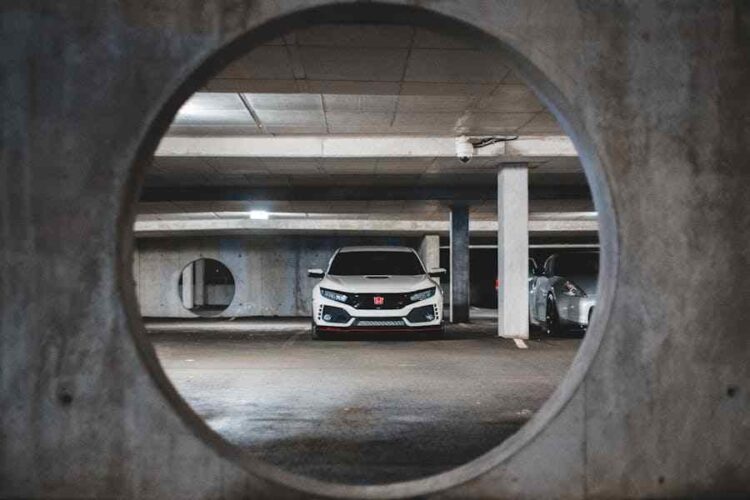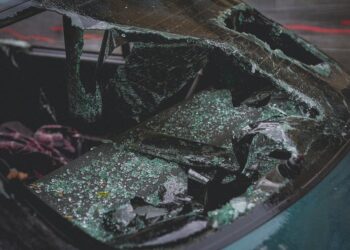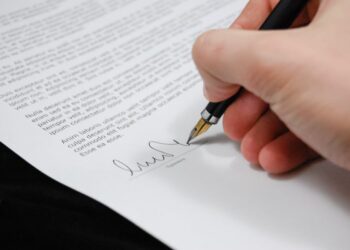Parking lot accidents in New York can be complex to navigate due to the various factors involved in determining fault and liability. These accidents often involve both drivers and pedestrians, making it essential for all parties to have a clear understanding of their rights and responsibilities. In many cases, the outcome will depend on the specific circumstances surrounding the incident, such as the location of the accident, the actions of the drivers, and any applicable state laws or regulations.
When evaluating liability in parking lot accidents, one must consider how the right of way was established and whether the necessary safety precautions were in place. For instance, parking lot owners are responsible for maintaining their property according to specific safety standards and guidelines. If an accident occurs due to inadequate maintenance or signage, the parking lot owner could be held partially or entirely responsible. Additionally, determining fault may depend on whether one or both vehicles were moving at the time of the accident and their respective right-of-way.
If you find yourself in a parking lot accident and require legal assistance, reaching out to a car accident lawyer in New York can help. Experienced attorneys understand the intricacies of New York’s fault and liability laws and can guide you through the process, ensuring the best possible outcome for your case.
Determining Fault in Parking Lot Accidents
Understanding Right-of-Way and Negligence
In New York, determining fault in parking lot accidents is often based on right-of-way rules and negligence law. The right-of-way refers to the priority given to a driver or pedestrian to proceed in a specific direction. In parking lots, this could include giving way to drivers approaching from the main traffic aisles or giving priority to pedestrians crossing the parking lanes. The duty of care refers to a driver’s responsibility to exercise caution and avoid causing harm to others while operating a vehicle. Negligence occurs when a driver fails to exercise this duty of care, leading to accidents.
In order to be found at fault, a driver must be proven to have breached their duty of care in a way that directly contributed to the accident. Factors such as speeding, failing to yield to the right-of-way, or not using turn signals can all be considered as signs of negligence.
The Role of Insurance Companies in Fault Determination
Insurance companies usually play a significant role in determining fault in parking lot accidents. They conduct their own investigations, take statements from drivers, and assess the damages sustained by each vehicle. Based on these findings, the insurance company assigns a percentage of fault to each party involved in the accident. If the policyholder disagrees with the fault determination, they have the right to appeal the decision, which could involve a third-party mediator.
Common Scenarios: Backing Out and Speeding Violations
Some of the most common scenarios in parking lot accidents involve drivers backing out of parking spaces or violating speed limits. When a driver is backing out of a parking space, they must ensure that it is safe to do so, and give way to oncoming traffic and pedestrians. Failing to adequately check the surroundings or neglecting to yield the right-of-way could result in an at-fault decision for the driver who was backing out.
Another common scenario involves speeding violations, as parking lots often have specific speed limits to ensure safety. If a driver is found to be exceeding the posted speed limit at the time of an accident, they could be held liable for any damages or injuries that occur as a result. In addition to these scenarios, it is essential for drivers to be aware of traffic rules and regulations specific to parking areas to help avoid accidents and liability in parking lot situations.
Liability And Compensation For Accident Victims
Premises Liability and Owner Responsibility
In New York, parking lot accidents often involve issues of premises liability. Property owners have a legal responsibility to maintain their parking lots in a reasonably safe condition. This means that they need to address various issues such as proper lighting, clear signage, and well-maintained pavement. If an accident happens due to the property owner’s negligence, they might be held liable for any resulting injuries.
Insurance Claims and Personal Injury Lawsuits
When a parking lot accident occurs in New York, the injured party can file an insurance claim or pursue a personal injury lawsuit if necessary. It is advised to consult with a personal injury attorney to understand the best course of action for your specific case. Insurance companies may try to minimize the payout for the accident, but a skilled personal injury lawyer can help negotiate with the insurance company on your behalf.
Recovering Damages: Medical Bills and Pain and Suffering
If the injured party decides to file a personal injury claim, they may be entitled to receive compensation for economic and non-economic damages. Economic damages include medical bills, lost wages, and any other financial losses that result from the accident. Non-economic damages cover pain and suffering, emotional distress, and loss of enjoyment of life.
It is essential for accident victims to understand their rights when involved in a parking lot accident in New York. Consulting with a personal injury attorney and carefully considering the role of premises liability, insurance claims, and any potential damages can greatly impact the outcome of the case.
In Conclusion
In order to better understand parking lot accidents in New York and their related fault and liability issues, it is crucial to consider a few key aspects.
Firstly, negligence plays a significant role in determining fault in such accidents. Examples of negligence include instances when a driver fails to exercise reasonable care, such as speeding, not paying attention while backing out, or failing to yield the right of way.
Moreover, the premises liability laws in New York outline the duties and responsibilities of parking lot owners regarding proper maintenance and adherence to safety standards. These laws dictate that parking lot owners are responsible for repairing any obstructions, hazards, or defective parking slots in a timely manner, and for marking parking lanes clearly.
In cases of parking lot accidents, insurance companies typically follow certain fault determination rules and guidelines to establish which driver is liable. However, it’s worth noting that if an at-fault driver disagrees with the insurance company’s decision, they have the right to appeal the determination through a third-party mediator.
To sum up, understanding fault and liability in New York parking lot accidents involves assessing negligence, adhering to premises liability laws, and navigating the insurance claim and appeal processes.










